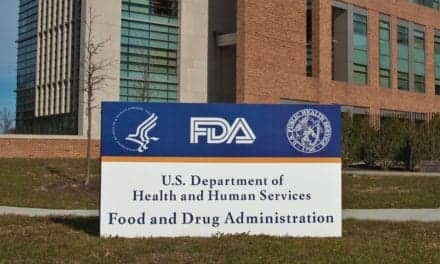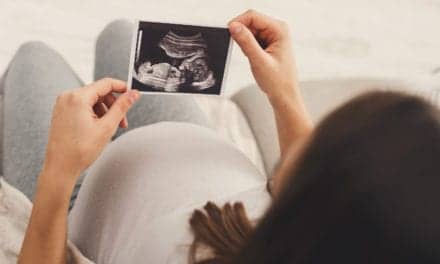APC Health’s high-complexity CLIA-certified lab operating out of Pearland, Texas, has been authorized to perform the saliva-based SalivaDirect SARS-CoV-2 test effective immediately.
Developed by the Yale School of Public Health, SalivaDirect uses a high-complexity protocol that requires a certified lab and trained technicians to conduct the testing. It provides analytical sensitivity of 99% and is accurate 94% of the time. The new noninvasive covid-19 test is ideal for large-scale testing and offers many advantages over traditional testing methods.
This real-time reverse transcription-polymerase chain reaction (rRT-PCR) test for the qualitative detection of nucleic acid from SARS-CoV-2 in saliva skips the time-consuming, difficult, and expensive viral ribonucleic acid (RNA) extraction step used in standard nasal swab assays. Unlike invasive and uncomfortable nasopharyngeal (NP) swab tests, SalivaDirect only requires a small saliva sample that needs neither trained personnel to collect nor expensive preservatives to be tested, which lowers the costs. No special collection kit is needed, making it even more cost-effective and scalable.
“We are delighted to be authorized by Yale University to offer SalivaDirect at our lab in Pearland, Texas. With this test, we can significantly increase access to highly accurate, cost-effective, and scalable testing SARS-CoV-2 in our community. We are committed to serving high-risk segments such as seniors by providing a better option to existing invasive, high-cost covid-19 tests,” says Rohan Nath, founder and CEO of APC Health.
Recognizing the benefits of SalivaDirect, APC Health completed a rigorous validation process to offer this test. It signed an agreement with the Yale School of Public Health on October 30, 2020, to provide the test to urgent care clinics, senior living facilities, dentists, medical practices, and businesses in the Greater Houston area with a need for covid-19 testing.
For more information, visit APC Health.
Featured image: This scanning electron microscope image shows SARS-CoV-2 (yellow)—also known as 2019-nCoV, the virus that causes COVID-19—isolated from a patient in the U.S., emerging from the surface of cells (pink) cultured in the lab. (Credit: National Institute of Allergy and Infectious Diseases-Rocky Mountain Laboratories, NIH)





